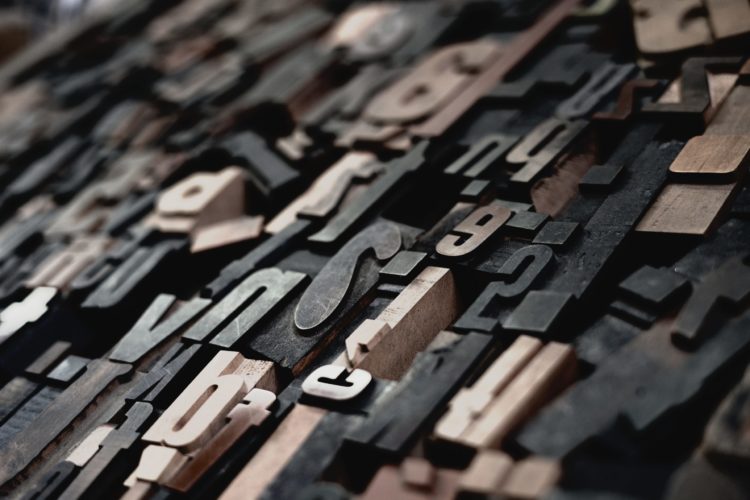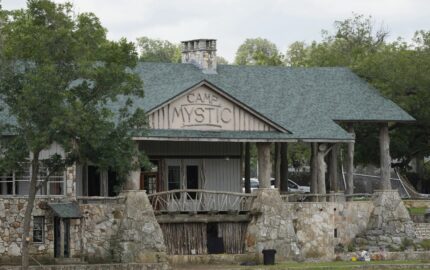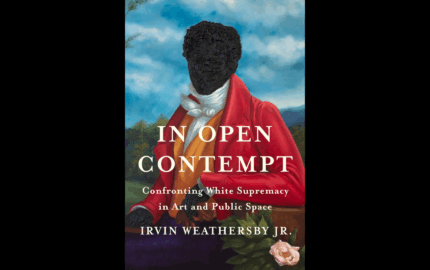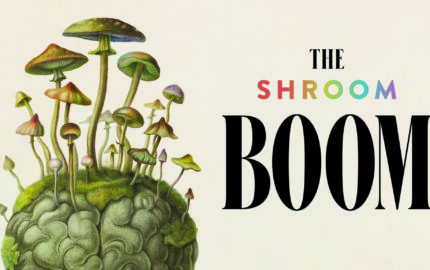One of my engineer brothers often pesters me about the thicket that is the English language. Silent or paired letters that defy logic: psychic, knave, climb. Words that have letters that seem, upon consideration, extraneous: sock, aardvark. Letter combinations that shrug at phonetics in favor of memorization: steak, maelstrom, phantom. The same word, or same-sounding word, that says vastly different things: wound and wound, couch and couch, very and vary. Words that break the memorized rules: giggle vs. gigabyte.
The grammarians out there might argue with some of my examples. Have at it. Meanwhile, I laugh at my brother's consternation and tell him to go design a wind tunnel or maybe, given half our roots, study Polish.
He has a point, of course. Words — letters on paper or a chalkboard or a computer screen — are simply marks on a surface, no more meaningful than hieroglyphics, until we are taught to decipher them. I try to remind people of this in my classes and writing workshops: Words are magical — the elements that create the alchemy that is writing. They also present the writer with a constant challenge: We can't assume that the meaning of what we've etched onto a page is understood the same way by our readers. The bar can be especially high for journalists, who delve into myriad subcultures, each with its own language, and must translate that for a general audience. We have to strive for precision and clarity, then grapple with the consequences of confusion.
Grapple. Now there's a fun word and, as I wrote it, it took me to some other things I love about words. Some sound like exactly what they describe, at least to me: shroud, stoop, squeegee, kerfuffle, dazzle. Others are simply, well, dazzling, like all those descriptors, aka collective nouns, for various groupings of animals: a bloat of hippopotami, a pandemonium of parrots, a cowardice of curs. A cartoon strip I read recently had two women rolling their eyes about the "mess of boys" and "sofa of men." In the next room, their husbands were musing about the "gossip of women." The cartoonist was having fun.
Then there are new words that come our way over a lifetime, which is one of the delights of this bafflement of language we share. Writing "grapple" led me to think of one of my favorite newbies: "graupel," sometimes known as "hominy snow," which is kind of like hail but not really. Look it up: You'll remember it better that way that way than if I explain it here. Besides, I'm having too much fun watching it fall around me in the mountains.
And recently I ran across "snarge" in a New York Times piece by Jason Bittel. His piece about "the science of snarge" doesn't describe anything pretty: Think dead animal bits that can be found all around us. But as the best explanatory journalism does, the story explains why understanding snarge can be a lifesaver. Maybe it could be called a "salvation of snarge" — or is it "snarges?"
Honor clarity and precision, always. But don't let it undermine the wonder.
The grammarians out there might argue with some of my examples. Have at it. Meanwhile, I laugh at my brother's consternation and tell him to go design a wind tunnel or maybe, given half our roots, study Polish.
He has a point, of course. Words — letters on paper or a chalkboard or a computer screen — are simply marks on a surface, no more meaningful than hieroglyphics, until we are taught to decipher them. I try to remind people of this in my classes and writing workshops: Words are magical — the elements that create the alchemy that is writing. They also present the writer with a constant challenge: We can't assume that the meaning of what we've etched onto a page is understood the same way by our readers. The bar can be especially high for journalists, who delve into myriad subcultures, each with its own language, and must translate that for a general audience. We have to strive for precision and clarity, then grapple with the consequences of confusion.
The pure joy of words
Grapple. Now there's a fun word and, as I wrote it, it took me to some other things I love about words. Some sound like exactly what they describe, at least to me: shroud, stoop, squeegee, kerfuffle, dazzle. Others are simply, well, dazzling, like all those descriptors, aka collective nouns, for various groupings of animals: a bloat of hippopotami, a pandemonium of parrots, a cowardice of curs. A cartoon strip I read recently had two women rolling their eyes about the "mess of boys" and "sofa of men." In the next room, their husbands were musing about the "gossip of women." The cartoonist was having fun.
Then there are new words that come our way over a lifetime, which is one of the delights of this bafflement of language we share. Writing "grapple" led me to think of one of my favorite newbies: "graupel," sometimes known as "hominy snow," which is kind of like hail but not really. Look it up: You'll remember it better that way that way than if I explain it here. Besides, I'm having too much fun watching it fall around me in the mountains.
And recently I ran across "snarge" in a New York Times piece by Jason Bittel. His piece about "the science of snarge" doesn't describe anything pretty: Think dead animal bits that can be found all around us. But as the best explanatory journalism does, the story explains why understanding snarge can be a lifesaver. Maybe it could be called a "salvation of snarge" — or is it "snarges?"
Honor clarity and precision, always. But don't let it undermine the wonder.



